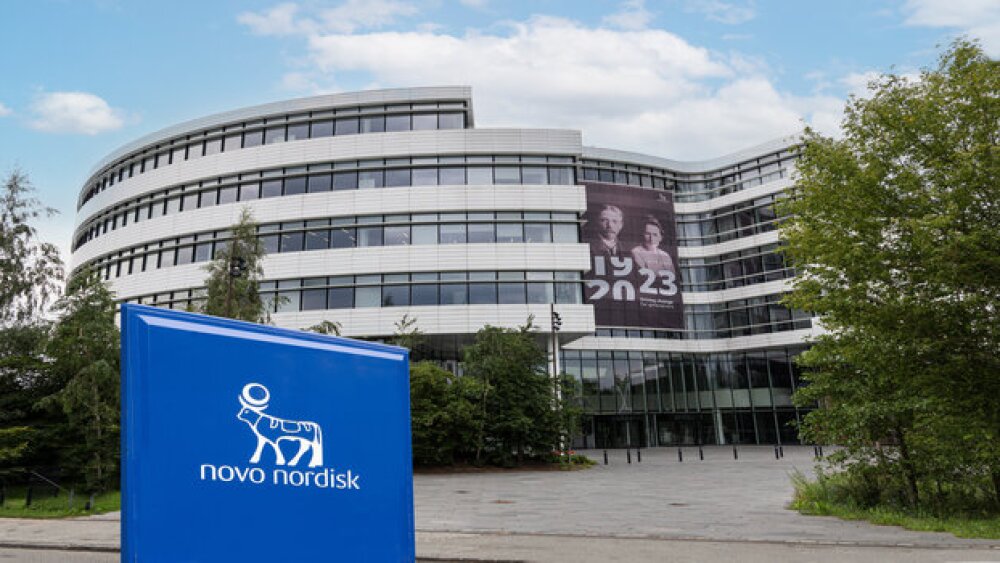July 31, 2017
By Alex Keown, BioSpace.com Breaking News Staff
NEW YORK – Pharma giant Bristol-Myers Squibb and Clovis Oncology have teamed up to combine their respective PD-1 and PARP inhibitors into treatments for multiple cancer types.
In an announcement this morning, BMS and Clovis said the companies will join together in Phase III combination trials of Opdivo with Rubraca to tackle advanced ovarian cancer and advanced triple negative breast cancer. The companies will also conduct a Phase II trial to determine if the combination treatment will be effective in treating metastatic castration-resistant prostate cancer.
In March 2015, Opdivo was approved for treatment of patients with metastatic squamous non-small cell lung cancer (NSCLC) with progression on or after platinum-based chemotherapy. Clovis’ PARP drug Rubraca was approved by the U.S. Food and Drug Administration in December. In announcing the new collaboration this morning, the companies said the “overlap in immuno-biology linked to these agents supports the potential for synergy of PARP inhibition and PD-1 blockade.” Preclinical evidence has demonstrated that PARP inhibition can trigger inflammation, cell death and increase T-cell infiltration within tumors, the companies said.
All three studies are expected to begin before the end of 2017. Clovis will be responsible for the ovarian cancer study, while BMS will be responsible for the breast and prostate cancer studies.
The Phase III ovarian cancer trial will target newly diagnosed patients with stage III/IV high-grade ovarian, fallopian tube, or primary peritoneal cancer who have completed platinum-based chemotherapy. The breast cancer trial will evaluate the combination treatment in patients with stage IV or recurrent locally advanced inoperable TNBC associated with a homologous recombination deficiency (HRD). In June, Clovis announced stellar Phase III results demonstrating Rubraca’s efficacy in treating in platinum-sensitive ovarian cancer. In the trial, the drug hit the primary endpoint of improved progression-free survival (PFS) in each of the three populations studied.
The Phase II prostate cancer study will be conducted as an arm of a larger Bristol-Myers Squibb-sponsored study, the companies said. Specific terms of the agreement were not disclosed.
Many researchers have suggested that combination treatments will become the new norm in targeting tumors. While BMS and Clovis are combining their programs, last week AstraZeneca and Merck announced they would collaborate to conduct studies combining PD-1 inhibitor Keytruda with AstraZeneca’s PARP inhibitor Lynparza.
PARP stands for poly ADP ribose polymerase, which is an enzyme many cancer cells are more dependent upon than regular, healthy cells are.
Patrick Mahaffy, president, and chief executive officer of Clovis Oncology, hailed the collaboration as an inviting opportunity to create new and more effective treatments for patients.
“We are very enthusiastic about studying Rubraca and Opdivo in combination, and the potential to create new treatment options for patients with multiple tumor types, as well as for patients beyond those with BRCA mutations,” Mahaffy said in a statement.
Shares of BMS are up more than 3 percent this morning, trading at $57.10 as of 11:41 a.m. Shares of Clovis on the other hand are down more than 9 percent, falling to $89 as of the same time. Last week shares were higher due to some investor expectation the company would announce it was being acquired, Seeking Alpha noted this morning.
Writing in Endpoints News John Carroll said the news of BMS and Clovis striking a collaborative deal could “douse some of the buzz” that Celgene was considering acquiring Clovis. Rumor had it that Celgene was looking to pair Rubraca with the PD-1 inhibitor it acquired through its deal with BeiGene, Carroll said.





